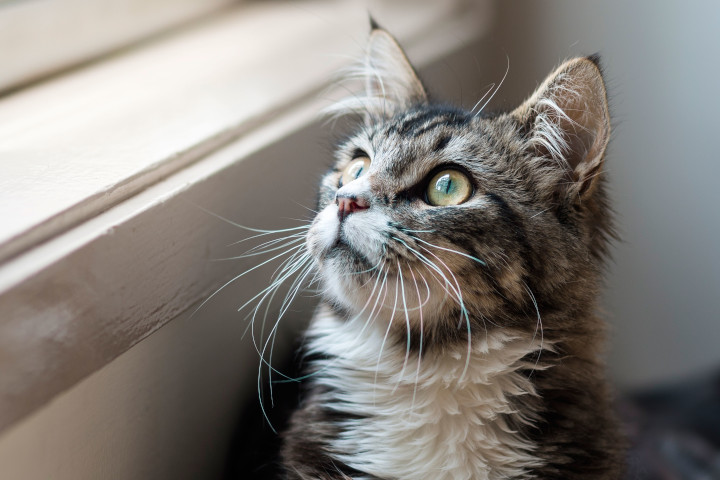A NEW initiative to help curb the toll on native wildlife caused by domestic cats across Parramatta has been announced by Environment Minister Matt Kean.
“The Keeping Cats Safe at Home program will help protect our unique wildlife, with domestic cats estimated to kill around 67 million native mammals, 83 million native reptiles and 80 million native birds in Australia each year,” Mr Kean said.
“We all love living close to bushland and even though we love our pets, we know native species and domestic cats don’t co-exist well, so we need to make sure our native wildlife is protected.
Under the new initiative, RSPCA NSW will engage 10 urban and regional councils across the state, providing education and advice for communities on the importance of containing their cats safely at home, including Parramatta.
Minister for Local Government Shelley Hancock said all pet owners need to be made aware of best practice when it comes to keeping animals and native wildlife safe.
“Local councils have an important part to play in looking after their communities, including creatures big and small, as well as reinforcing responsible pet ownership,” Mrs Hancock said.
“This new program will be tailored to each council’s needs, so they can customise the best plan to suit their community and protect our precious native wildlife.”
The project will engage council representatives, veterinarians, companion animal groups, cat owners, the general community and wildlife groups in each council area.
Additionally, school curriculum-linked resources will be developed.
RSPCA NSW CEO Steve Coleman said the four-year project was designed to change attitudes and behaviours in the community towards responsible cat ownership.
Cats are instinctive killers and incredibly efficient predators who will hunt even when they are well-fed at home. Each roaming pet cat in Australia is estimated to kill on average 115 native prey animals each year, including mammals, birds and reptiles.
The program is supported by a $2.5M grant from the Environmental Trust.





